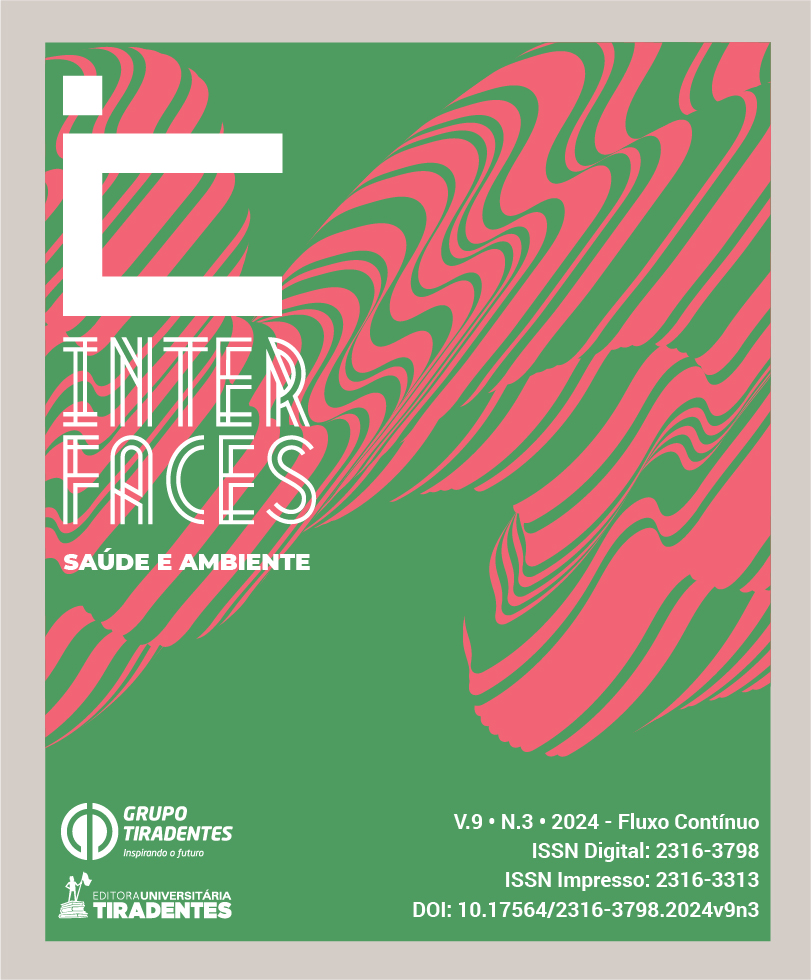Quality of Information on Food and Nutrition Available on Instagram ®
DOI:
https://doi.org/10.17564/2316-3798.2024v9n3p257-271Published
Downloads
Downloads
Issue
Section
License
Copyright (c) 2024 Interfaces Científicas - Saúde e Ambiente

This work is licensed under a Creative Commons Attribution-NonCommercial 4.0 International License.
Autores que publicam nesta revista concordam com os seguintes termos:
a. Autores mantêm os direitos autorais e concedem à revista o direito de primeira publicação, com o trabalho simultaneamente licenciado sob a Licença Creative Commons Attribution que permite o compartilhamento do trabalho com reconhecimento da autoria e publicação inicial nesta revista.
b. Autores têm permissão e são estimulados a distribuir seu trabalho on-line (ex.: em repositórios institucionais ou na sua página pessoal), já que isso pode gerar aumento o impacto e a citação do trabalho publicado (Veja O Efeito do Acesso Livre).
Abstract
Introduction: The rise of the internet has accelerated the process of sharing news and information, with Instagram being one of the most widely used social networks globally. Food and nutrition content is commonly posted on these apps and, despite being widely consumed by the population, is not always scientifically based. Objective: To analyze the quality of posts about food and nutrition published on the social network Instagram. Methodology: A descriptive, cross-sectional study with a quantitative approach. 180 posts were collected in Portuguese and evaluated using the DICERN questionnaire. The data was tabulated and then analyzed using Rstudio software, with tests to compare means or medians. Results: The quality of the posts in general was low, mostly made by content creators who had no training in nutrition, did not use scientific references and were more focused on the weight loss and quality of life niche. There was a statistical difference between the quality of posts according to profession, in which the quality of content from nutritionists and journalists was significantly higher than content creators. It was also observed that the quality of content from doctors was lower than that from nutritionists. Conclusion: This study has shown that the quality of food and nutrition posts on Instagram is generally low. However, the posts made by nutritionists and journalists were of better quality. Pages by content creators, which are not related to nutrition, which have a higher number of followers and do not use references, had a lower quality of information.




















